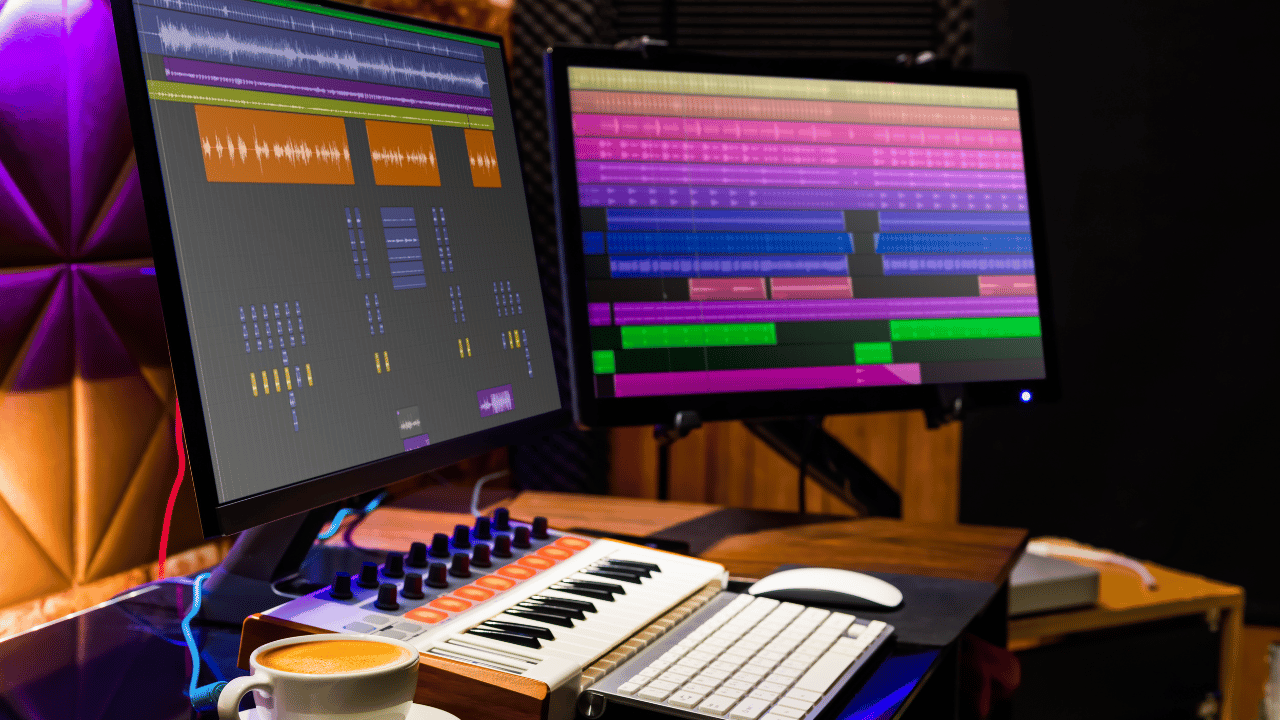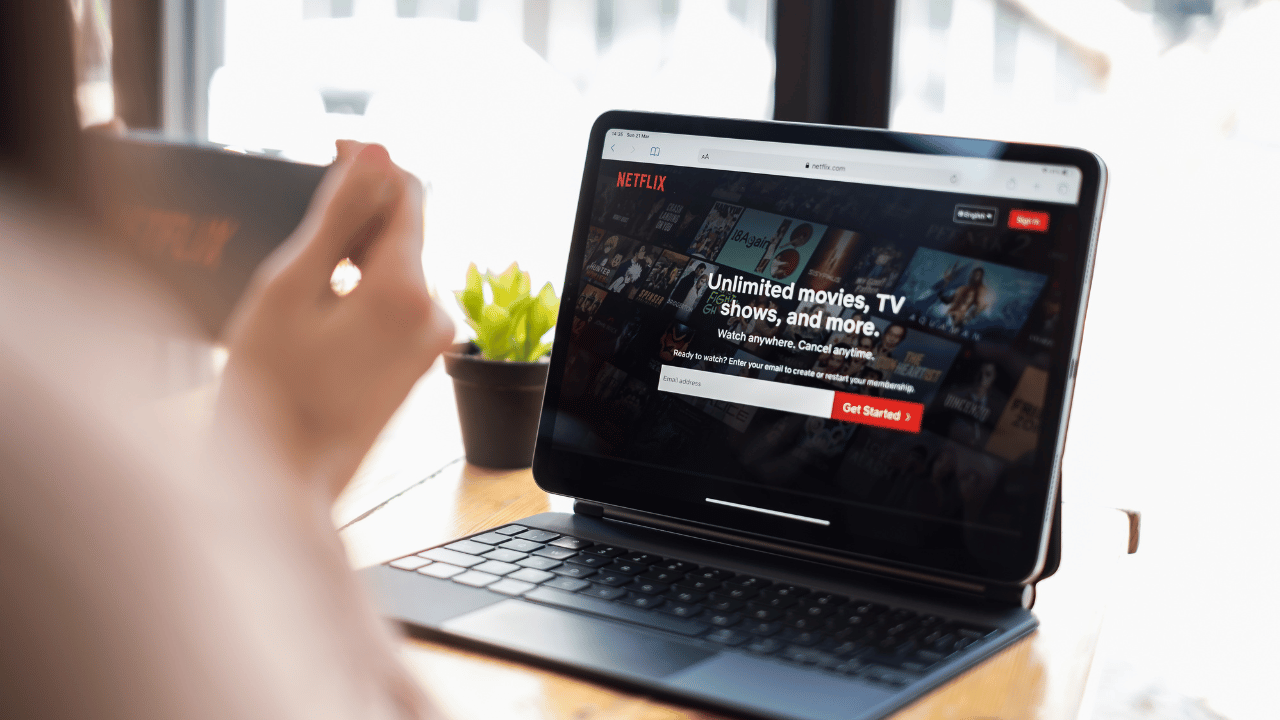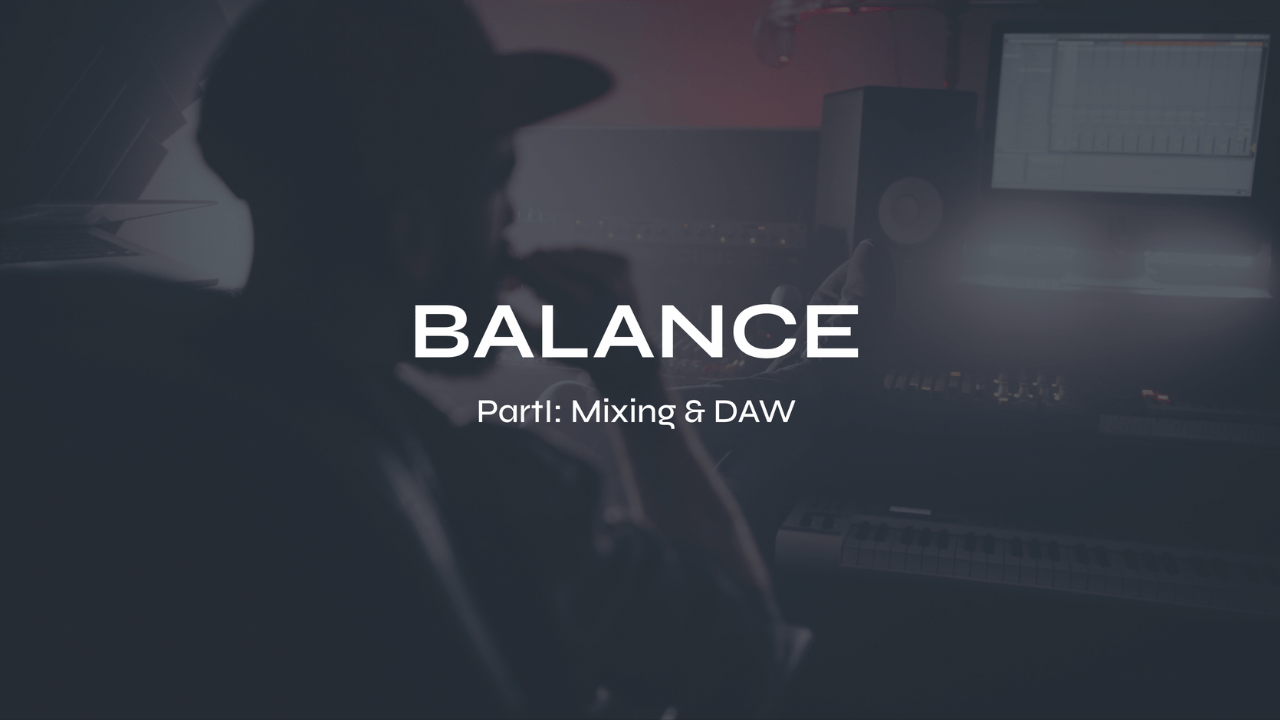Death to the Subscription Model! Why One-Time Payments are the Future for Music Production Apps & Plugins

In the ever-evolving landscape of software and digital products, the monthly subscription model has unfortunately become a dominant force. From streaming services to productivity tools, many industries have embraced this payment model. However, when it comes to music production software apps and plugins, the subscription model may be losing its allure. In this blog post, we will explore the drawbacks of the dreaded subscription model for music production and why it may be time to bid farewell to this never-ending payment approach.
What is a subscription model?
A subscription model is a payment structure where users pay a recurring fee at regular intervals, typically monthly or annually, to access a product or service. This model allows users to enjoy continuous updates, support, and access to new features as long as they maintain their subscription.
What is a one-time payment?
In contrast to the subscription model, a one-time payment refers to a single upfront cost to purchase a product or service. Once the payment is made, the user typically owns the product indefinitely, with the option to upgrade to newer versions at their discretion.

Try my FREE Ableton Live course. Learn Ableton Live in 90-minutes for a one-time payment of FREE
What is the difference between a one-time payment and a subscription?
The key distinction lies in ownership and cost structure. With a one-time payment, users have a sense of ownership and control over the product. They can use it indefinitely, without worrying about ongoing payments. If they can't afford to upgrade customers still have access to the previous version. A subscription requires regular payments to continue accessing the product. While this model often provides ongoing updates and support, it can become costly over time.
Who started the idea of the subscription model?
The subscription model gained significant popularity with the rise of streaming services like Netflix and Spotify. Adobe also found early success with their subscription model for photo and video apps. These platforms revolutionized the way we consume media, leading many industries to adopt similar payment structures. Software companies, too, saw the potential benefits of recurring revenue and began shifting towards subscriptions.
 Download some of my FREE Music Production Guides or subscribe for $0.00 per month
Download some of my FREE Music Production Guides or subscribe for $0.00 per month
Why did the Subscription Model Become so Popular?
The rise of the subscription model across various industries can be attributed to several factors that have reshaped consumer preferences and business strategies. While the subscription model has its advantages, such as predictable revenue streams for companies, it is essential to understand why this approach gained traction in the first place. However, it is also important to acknowledge the challenges it poses, including affordability concerns for customers, leading to the decision to discontinue using certain apps or plugins.
Shifting consumer expectations:
In recent years, consumer expectations have shifted from owning physical goods to accessing services and experiences. This shift is fueled by convenience, flexibility, and the desire for continuous updates and improvements. The subscription model aligns with these evolving expectations by providing access to the latest versions, updates, and additional content or features.
Continuous revenue stream for companies:
For businesses, the subscription model offers a stable and recurring revenue stream. Rather than relying on one-time purchases, subscriptions enable companies to generate ongoing revenue from their customer base. This provides financial stability, facilitates long-term planning, and supports ongoing product development and customer support.
The allure of software as a service (SaaS):
The rise of cloud computing and the Software-as-a-Service (SaaS) model has significantly influenced the subscription trend. SaaS products can be accessed from anywhere with an internet connection, eliminating the need for physical installations or updates. This accessibility and flexibility have made subscriptions an attractive option for software companies, as they can deliver their products seamlessly while maintaining control over licensing and pricing.
Value-added services and support:
Another factor contributing to the popularity of the subscription model is the opportunity to provide value-added services and support. Subscriptions often include benefits such as customer support, regular updates, access to online communities, and educational resources. These added services can enhance the user experience and justify the ongoing cost for customers who rely heavily on these offerings.
Affordability concerns and usage patterns:
While the subscription model offers benefits for companies and some consumers, affordability concerns have emerged as a significant drawback. As the number of subscriptions grows, customers face the challenge of managing their expenses effectively. In some cases, customers may find that they cannot afford to maintain subscriptions for every app or plugin they use, resulting in the decision to discontinue certain subscriptions or look for more affordable alternatives.

Subscriptions for Products vs Services:
When discussing the subscription model, it's essential to differentiate between physical products and digital services. While subscriptions have gained traction in the software industry, they have been met with mixed reactions when applied to physical products. This contrast becomes particularly relevant when considering music production software apps and plugins.
Products and the subscription model:
For physical products like musical instruments or studio equipment, the subscription model often doesn't make practical sense. These items are tangible assets that users can own and utilize for an extended period. Paying a recurring fee for a physical product that remains unchanged over time seems counterintuitive. Consumers typically expect a one-time payment for physical products, reflecting their ownership and long-term usability.
Services and the subscription model:
Digital services, including software applications and cloud-based platforms, have found success with the subscription model. These services can continuously evolve, offer ongoing support, and introduce new features or content. Subscriptions provide a sustainable revenue stream for service providers, ensuring they can invest in improvements and provide ongoing value to customers.
Music production lies somewhere in between products and services. It involves a blend of physical and digital tools, creative processes, and ongoing learning. Subscriptions for music production software apps and plugins often attempt to bridge this gap, offering regular updates, additional content, and customer support. However, the fundamental question remains: Do musicians and producers truly benefit from the subscription model for these digital tools?

Take my Music Production Ninja online course. You can choose to pay monthly but, unlike a subscription model, the payments stop after it's paid for.
Why subscriptions don't make sense for music production:
- Payments never stop: Music production is a diverse and dynamic field where artists and producers may go through phases of intense creation followed by periods of relative inactivity. Subscriptions require consistent payments, even during non-productive periods. This can burden musicians financially and make it difficult to sustain the subscription model in the long run.
- Software isn't used every week or month: Music production software and plugins are powerful tools, but they are not necessarily used on a regular basis. Subscription models assume constant usage, which may not align with the sporadic nature of music creation. Paying for a subscription when the software is not actively being used can feel wasteful and unnecessary.
- Lack of ownership: Subscriptions mean that users never truly own the app or plugin they rely on for their creative projects. If they choose to cancel their subscription, they lose access to the software altogether. This lack of ownership can be a significant drawback for musicians who value control over their tools and want the freedom to use them without ongoing financial commitments.
- Subscription overload: In recent years, the number of monthly subscriptions for various services has exploded. From streaming platforms to cloud storage, consumers are increasingly finding themselves overwhelmed by the accumulation of recurring payments. Adding music production software subscriptions to the mix only exacerbates this subscription fatigue, making it difficult for users to justify yet another ongoing expense.
In conclusion, the subscription model has its place in the digital services landscape, allowing continuous improvement, updates, and support but applying the subscription model to music production software apps and plugins requires careful consideration. Balancing the needs of musicians, such as sporadic usage, ownership, and control, with the advantages of ongoing support and updates, is essential. By offering flexible licensing options, one-time payments, or a hybrid model, software companies can cater to the diverse requirements of the music production community while ensuring sustainable revenue generation. Ultimately, finding the right pricing structure that respects the unique nature of music production will contribute to the longevity and success of both the software providers and the artists they serve.
Futch - Music Production Coach and Ableton Certified Trainer
Here it is, my live online mixing course: BALANCE Part I:Mixing & DAW
BALANCE Part I: Mixing & DAW live online course
What you’ll get:
9 on-demand video recordings of each module for review. You will always have access to these videos for reference.
** Add up to 9 live online Zoom classes for 1:1 coaching
• 9 module PDF reference guides.
• 9 assignments to practice what you’ve learned after each module
• A growing community of members to exchange feedback, ask questions and collaborate with.
• Educational discounts on select plugins and hardware from LEVELS partners for successful (80%) quiz results
100% Money-Back Guarantee - just contact support and let me know before class 5 starts. You will then lose access to everything.
Apply now for BALANCE Part I: Mixing & DAW






